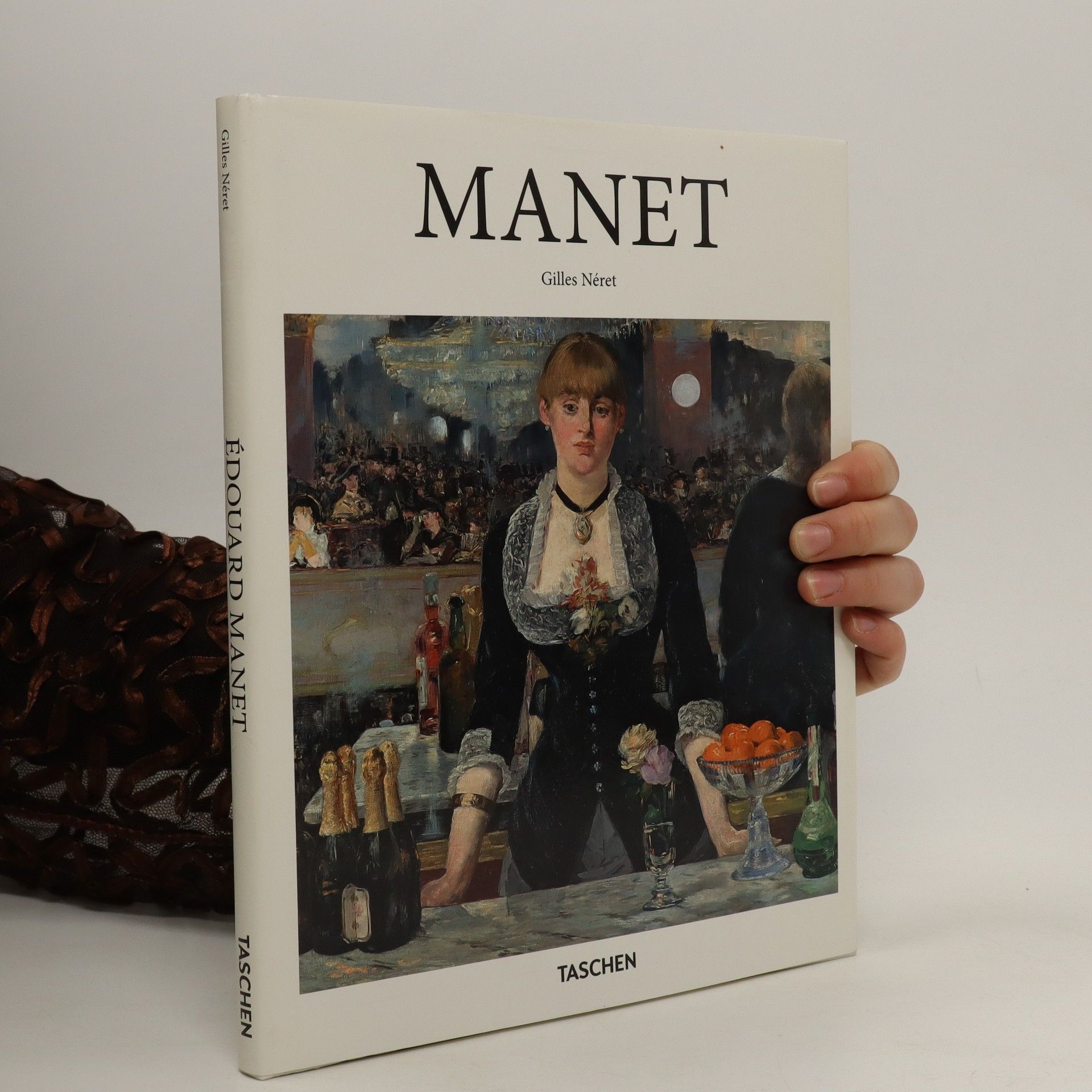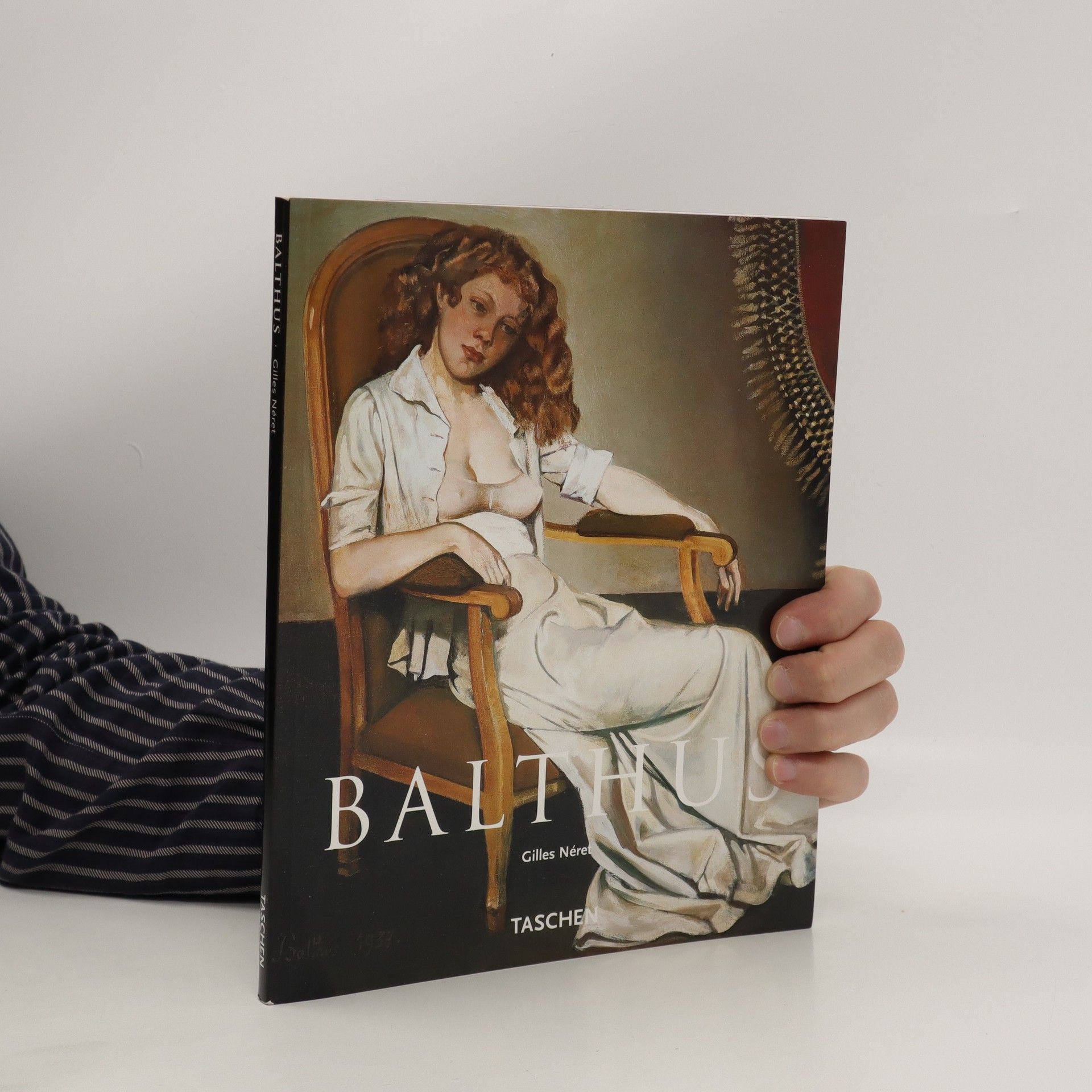Chris Miller Bücher
Chris Miller ist ein Autor, dessen Werk sich durch eine rohe und intensive Atmosphäre auszeichnet und der oft in die dunklen Winkel der menschlichen Psyche vordringt. Seine Erzählungen erforschen mit kompromissloser Ehrlichkeit die Grenzen zwischen Gut und Böse, Moral und Chaos. Millers Stil ist direkt und wirkungsvoll, was es den Lesern ermöglicht, vollständig in spannende Handlungsstränge und beunruhigende Themen einzutauchen. Seine Schriften werden diejenigen ansprechen, die nach Literatur suchen, die sowohl provokativ als auch fesselnd ist.






Der Chip-Krieg
Wie die USA und China um die technologische Vorherrschaft auf der Welt kämpfen
Die Erfindung der Computerchips hat unser Leben revolutioniert und bestimmt den Wettlauf um die Zukunft. Chris Miller beleuchtet die Geschichte hinter der Entwicklung immer kleinerer und leistungsstärkerer Chips, beginnend mit der digitalen Revolution im Silicon Valley, über den Wettstreit mit der Sowjetunion, die Globalisierung durch die Auslagerung der Produktion nach Südostasien, bis hin zur technologischen Aufrüstung Chinas und der Chip-Krise während des Corona-Lockdowns. Die Kontrolle über diese essentielle Ressource ist entscheidend: Ohne Mikrochips funktioniert heute nichts – kein Auto, kein Stromnetz, keine Börse, kein Internet und keine Armee. Die militärische, wirtschaftliche und geopolitische Macht der Staaten basiert auf Computerchips. Nur wenige Unternehmen wie Samsung, Intel und TSMC können mit der rasanten technologischen Entwicklung Schritt halten, während China alles daran setzt, aufzuholen. Der Wettkampf um die Schlüsseltechnologie des 21. Jahrhunderts ist in vollem Gange. Dieses Buch wird als unverzichtbar für das Verständnis unserer modernen Welt angesehen und bietet spannende Anekdoten und Einblicke in die Charaktere, die diese Geschichte prägen. Es ist ein Weckruf und ein bedeutendes Stück Geschichtsschreibung.
Helmut Newton. Work
- 280 Seiten
- 10 Lesestunden
Prominentenporträts, nächtliche Stadtlandschaften, unterkühlte Akte von aggressiver Erotik, glamouröse Modefotografie, provokante Inszenierungen sexueller Obsessionen, Ikonisches und Intimes – so rastlos und bewegt sein Leben war, so schillernd, facettenreich und komplex ist auch Helmut Newtons Werk. Diese Neuauflage von Helmut Newton. Work zeigt das ganze Spektrum seiner Kunst.
This epic account details the decades-long struggle for control over microchip technology, now recognized as the world's most critical resource. Microchips have become the new oil, essential for military, economic, and geopolitical power. Today, everything from missiles to smartphones relies on chips. Historically, the U.S. led in designing and manufacturing the fastest chips, but its dominance is waning due to rising competition from Taiwan, Korea, Europe, and especially China. Currently, China invests heavily in chip production, spending more on imports than on oil, aiming to catch up with the U.S. The stakes are high, as America's military superiority and economic prosperity hinge on its chip technology. Economic historian Chris Miller explores the semiconductor's pivotal role in modern life and how the U.S. achieved its dominance, leveraging chip technology for military applications. America's success in the Cold War and its military strength stem from its superior computing capabilities. However, China is advancing rapidly, modernizing its military alongside its chip ambitions. The U.S. has allowed critical aspects of chip production to slip away, leading to a global chip shortage and a new Cold War with a determined adversary. This illuminating narrative underscores the necessity of understanding chips to grasp the current political, economic, and technological landscape.
Why control of the microchip industry has been the driving force of Western economic and military success, and the potential threats posed by China's actions
Édouard Manet, 1832-1883 : the first of the moderns
- 96 Seiten
- 4 Lesestunden
Der französische Maler Édouard Manet (1832–1883), der zu Lebzeiten sowohl für seinen Stil als auch für seine Motive Hohn und Spott ertragen musste, gilt heute als entscheidender Erneuerer der Malerei und Wegbereiter des Impressionismus. Manet löste sich von der akademischen Maltradition seiner Zeit, auch wenn er immer wieder Bezug auf alte Meister wie Goya, Velázquez, Rubens oder Frans Hals nahm, und führte neue Motive und unkonventionelle Darstellungsweisen in die Malerei ein. Er zeigte Alltagsszenen aus Pariser Bars und Cabarets und wagte es, Nacktheit ohne jede mythische oder allegorische Verbrämung darzustellen. Der Pariser Salon empörte sich über seine Mahlzeit im Grünen mit einer nackten Frau neben bekleideten Männern, während der direkte Blick und die unverfrorene Pose der mutmaßlichen Kokotte Olympia , einer sehr modernen Neuinterpretation von Tizians Venus von Urbino , einen wunderbaren Skandal auslöste. Der reich bebilderte Band zeigt, wie Manet über die Auseinandersetzung mit den traditionellen Malkonventionen zu einer Darstellungsweise findet, in der ahnungsvoll schon die Moderne aufscheint.
Traverse City State Hospital
- 128 Seiten
- 5 Lesestunden
The history of Northern Michigan Asylum, established in 1885, is explored through its founding context, significant figures like Dr. James Decker Munson, and its evolution over 104 years as Traverse City State Hospital. The narrative covers the institution's peak population of 3,000, its impact on mental health care in Michigan, and the eventual decline leading to its closure in 1989. The book also highlights efforts for renovation and preservation, emphasizing its enduring significance within the Traverse City community.
The analysis explores how Vladimir Putin transformed Russia from a crisis-ridden nation into a formidable global power since 1999. Chris Miller delves into the principles guiding Putin's economic policies and the strategies employed by the Russian elite. Despite challenges such as corruption, cronyism, and reliance on oil, Miller argues that Putin's approach has yielded unexpected success, revealing patterns and tools that have shaped the nation's economic landscape.
Balthus : Balthasar Klossowski de Rola : 1908-2001 : the king of cats
- 96 Seiten
- 4 Lesestunden
Realist of the unreal French-German painter Count Balthasar Klossowski de Rola (1908-2001), known as Balthus, shocked the Parisian art world in 1934 with his dreamy, sensual, Neo-Classical portraits of nymphets at a time when Surrealism and abstraction were de rigueur. As a provocateur, Balthus was often scorned; as an artist, he was widely embraced as a prodigy. In response to critics of his realist style, Balthus said: "The real isn't what you think you see. One can be a realist of the unreal and a figurative painter of the invisible." His erotic, poetic paintings live on as examples of the best figurative work of the modern era.
The Real Animal House
The Awesomely Depraved Saga of the Fraternity That Inspired the Movie
- 384 Seiten
- 14 Lesestunden
With a vibrant mix of humor and eccentric characters, the narrative explores themes of sexuality and personal growth through outrageous situations. The lively antics and racy elements create an entertaining atmosphere, while underlying valuable life lessons emerge for those attentive enough to notice. This book promises a blend of laughter and insight, making it a delightful read for fans of comedic storytelling.

